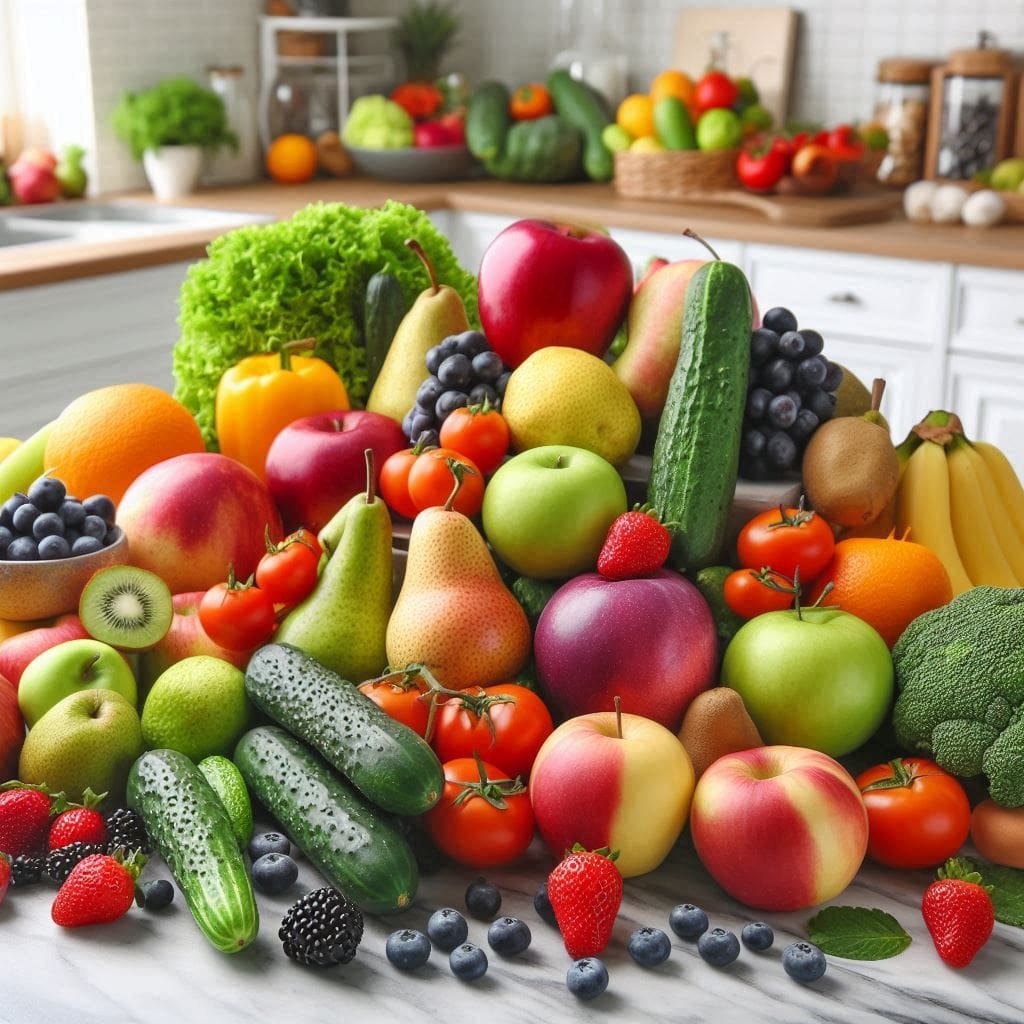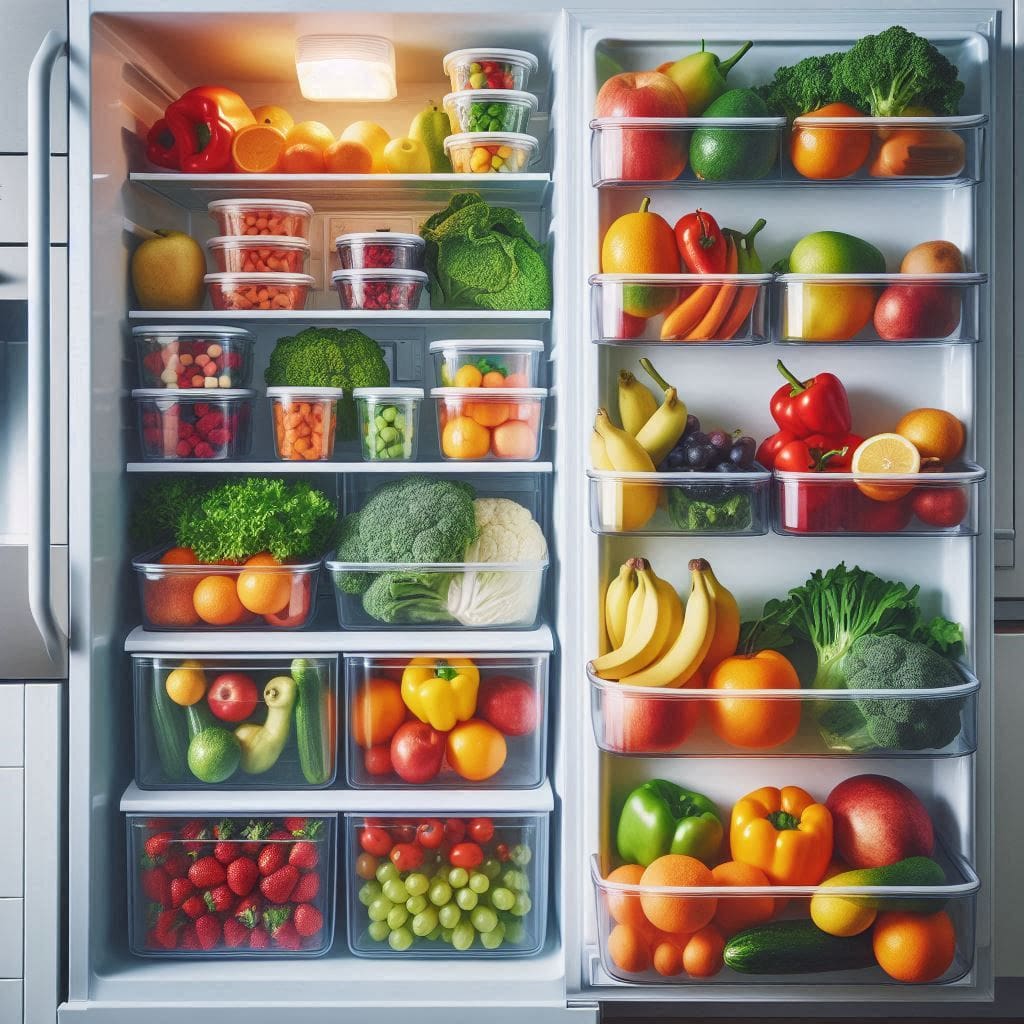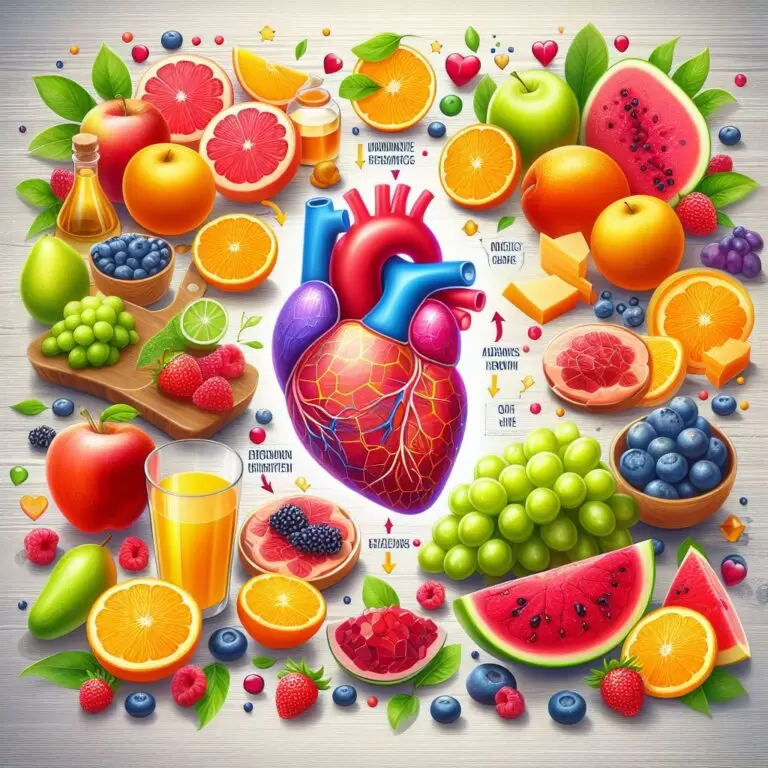
We all know fruits and vegetables are good for us. They’re packed with vitamins, minerals, and fiber, all essential for a healthy body.
But what if we told you there might be a hidden danger lurking on the surface of your seemingly healthy produce?
In this article, we’ll delve into the unseen world clinging to your fresh groceries. We’ll explore the potential health risks of consuming unwashed produce, how to properly clean your fruits and vegetables, and some additional tips to ensure a safe and enjoyable experience with your favorite healthy foods.
Health risk of Unwashed Fruits and Vegetables?
Fruits and vegetables travel a long journey before reaching your grocery store shelves. They’re exposed to soil, water, and even insects during growth and harvesting.
Moreover, fruits and vegetables can also get dirty from surfaces they touch or how they’re handled during transportation and storage. These germs can stick around on your fresh produce and make it less healthy for you.
The biggest concern with unwashed fruits and vegetables is the potential for foodborne illness. These illnesses are caused by consuming contaminated food or water containing harmful bacteria, viruses, or parasites.
Unwashed fruits and vegetables can harbor various things you don’t want to eat. Such as:
- Bacteria: E. coli, Salmonella, Listeria are some common bacteria that can cause unpleasant symptoms like nausea, vomiting, diarrhea, and abdominal cramps. In severe cases, foodborne illness can lead to dehydration, hospitalization, and even death, especially for vulnerable populations like young children, pregnant women, and people with weakened immune systems.
- Parasites: Toxoplasma gondii, a parasite found in contaminated soil, can be present on unwashed fruits and vegetables, particularly those grown in home gardens. While generally harmless for healthy adults, it can pose a serious health risk to pregnant women and their developing babies.
- Pesticides: Although regulations exist to minimize pesticide residue on produce, some traces may remain. While the long-term health effects of low-level pesticide exposure are still being researched, it’s best to minimize your intake whenever possible.
Signs You Should Wash Your Produce
Not all fruits and vegetables require the same level of scrubbing. Here are some general guidelines to help you decide when washing is essential:
- Fruits and vegetables with edible skin: These are the ones that require the most attention. Since you’ll be consuming the skin along with the flesh, it’s crucial to remove any potential contaminants. Examples include apples, pears, berries, grapes, cucumbers, and tomatoes.
- Leafy greens: Lettuce, spinach, kale, and other leafy greens often harbor dirt and bacteria trapped within their folds and crevices. Washing them thoroughly is essential.
- Root vegetables: While you’ll be peeling off the outer layer of carrots, potatoes, and beets, it’s still recommended to give them a quick wash before peeling to remove any dirt or bacteria that might transfer to the flesh during peeling.
- Pre-cut or pre-washed produce: Although labeled as pre-washed, it’s always a good practice to rinse them again under running water just before consumption. This ensures you remove any contamination that might have occurred during handling or packaging.
There are a few exceptions where washing might not be necessary. For example, fruits with a tough, inedible rind like bananas, oranges, or melons can be wiped down with a clean cloth instead of being submerged in water.
However, if you plan on consuming the rind (such as with some citrus fruits), washing becomes necessary.
The Right Way to Wash Your Fruits and Vegetables
Washing your fruits and vegetables might seem like a simple task, but there’s a right and wrong way to do it. Here’s a step-by-step guide to ensure you’re effectively removing contaminants:
- Gather your supplies: You’ll need clean, running water and a colander or clean dish towel.
- Separate fruits and vegetables: Wash different types of produce separately to avoid cross-contamination.
- Rinse thoroughly: Hold each piece of produce under running water for at least 30 seconds. Gently rub the surface with your hands, especially for fruits and vegetables with rough or uneven skin.
- Pay special attention to leafy greens: Separate the leaves and wash them individually. You can soak them in a bowl of cool water for a few minutes to dislodge any dirt or debris.
- Skip the soap or harsh detergents: These can leave behind residue and are not effective in removing bacteria.
- For fruits and vegetables with a waxy coating: Some fruits and vegetables, like apples and cucumbers, have a natural waxy coating. While this coating helps preserve freshness, it can also trap dirt and bacteria. To remove it effectively, you can gently rub the produce with a clean produce brush under running water.
- Drying is key: After rinsing, it’s important to dry your fruits and vegetables thoroughly. Excess moisture can promote bacterial growth. Pat them dry with a clean paper towel or dish towel.
Don’t forget your storage containers: Wash and dry reusable containers before storing your produce. This helps prevent cross-contamination from previous use.

Additional Tips for Safe Produce Handling
Here are some additional practices to ensure the safety of your fruits and vegetables:
- Shop wisely: Choose fruits and vegetables that appear fresh and undamaged. Avoid produce with blemishes, soft spots, or signs of spoilage.
- Store properly: Once home, store your produce according to their needs. Refrigerate leafy greens and berries, while some fruits like bananas and avocados do best at room temperature.
- Separate raw meat from produce: Always store raw meat and poultry away from your fruits and vegetables to prevent cross-contamination.
- Wash your hands: This is a simple yet crucial step. Wash your hands thoroughly with soap and warm water before handling your produce, especially after handling raw meat or poultry.
- Be mindful of expiry dates: Pre-cut or pre-washed produce often has a shorter shelf life. Check the “use by” date and discard any expired products.
Parting Thoughts
Taking a few minutes to properly wash your fruits and vegetables can make a significant difference in your health.
By removing harmful bacteria, parasites, and pesticide residue, you’re minimizing your risk of foodborne illness and ensuring you’re getting the most out of your healthy choices.
Remember, washing your produce is a simple yet effective way to safeguard yourself and your loved ones from potential health risks.
So next time you reach for a juicy apple or a bunch of leafy greens, take a moment to give them a quick wash and enjoy the peace of mind that comes with knowing you’re consuming a truly healthy and safe product.


